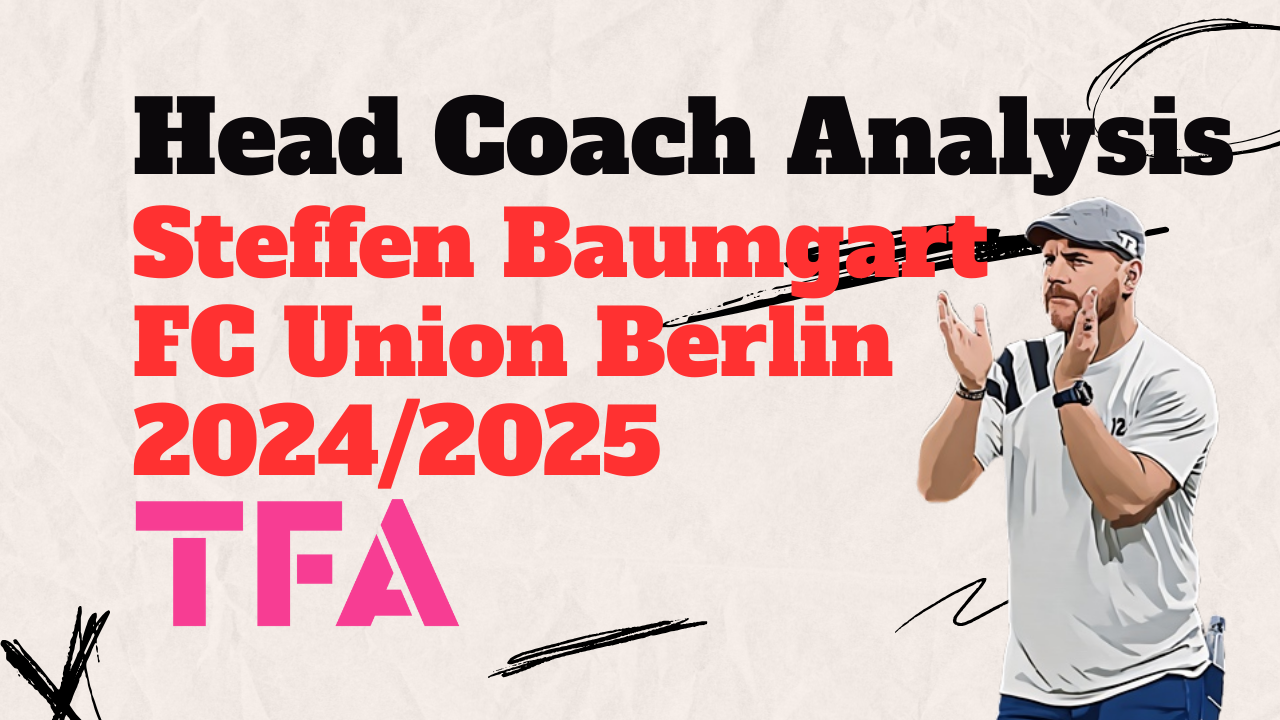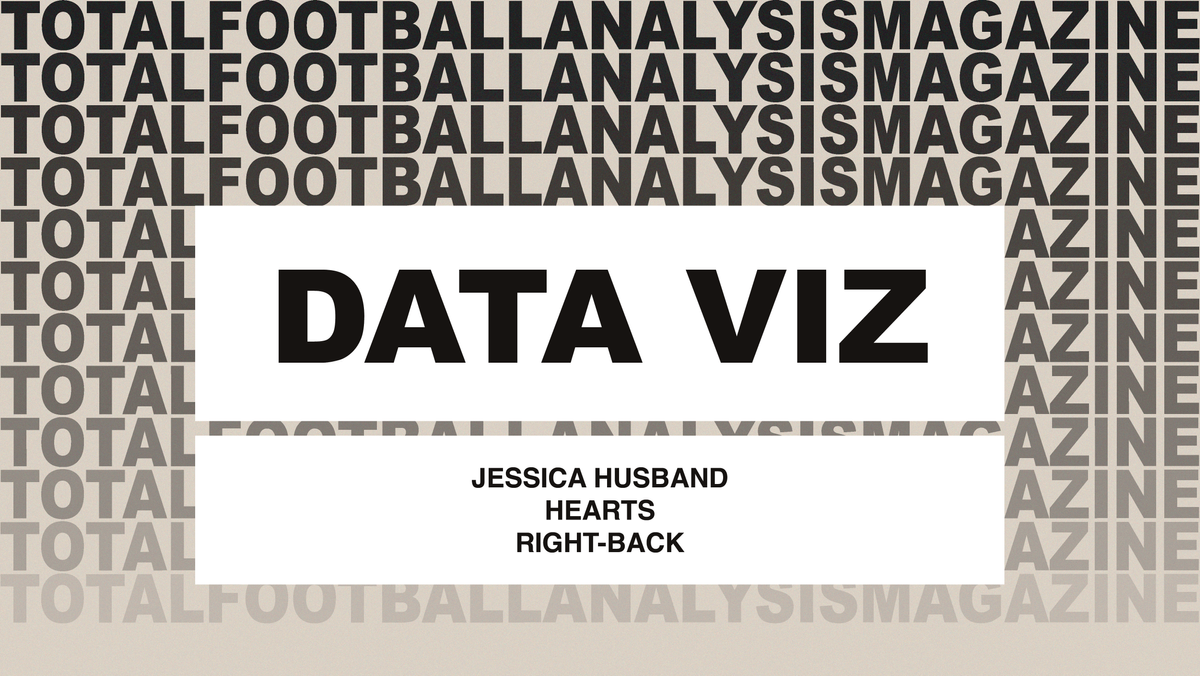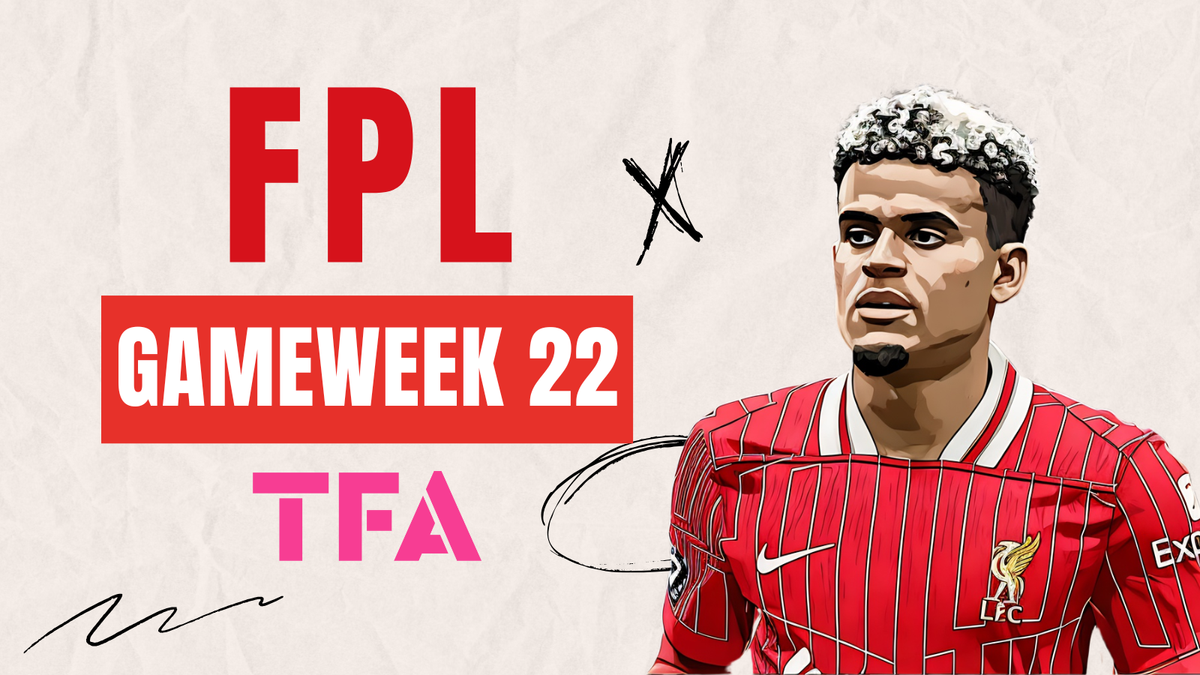Union Berlin were on quite the ride for a few years as a club, having achieved a higher league finish for six consecutive seasons, which included a promotion to the Bundesliga and even UEFA Champions League football.
But ever since their top-four finish in 2022/23, which earned them that place among Europe's elite, things have been going south for the club from Germany's capital.
Having narrowly avoided relegation last season by finishing one spot above the relegation play-offs, doing so only on goal difference over Bochum, they hired former Mainz manager Bo Svensson in the summer, looking to bounce back after a rough season.
Their ambitions were to rediscover their old heights and climb back up the table into the top half, but unfortunately for them, it's been a continuation of the struggles they endured last term.
This led to a coaching change mid-season after the Bundesliga went on a three-week winter break.
Svensson was let go after just six months and five wins in seventeen games.
His replacement ended up being Steffen Baumgart, who formerly managed Köln and Hamburg, both in just the previous twelve months before his arrival at Stadion An der Alten Försterei.
Nevertheless, as someone who plied his trade as a player for the club over twenty years ago, where he was a fan favourite as a prolific goalscorer during their spell in the 2. Bundesliga, there was hope that he could bring smiles to the faces again of the Union faithful now as a manager.
So far, it's not been an easy start by any stretch, with all three games he's overseen since arriving at the helm ending in defeat.
This analysis will take a closer look at what changes Baumgart has made in his first three matches and how they differ from his predecessor's, particularly focusing on the last month prior to the winter pause and the subsequent coaching change.
Steffen Baumgart's Coaching Style & Formations
Before looking into Steffen Baumgart's tactics, it's important to consider why he was appointed by Union Berlin in the first place, especially after unceremonious endings at two different clubs in just a year elsewhere.
Besides the fact that he is very familiar with Union Berlin as a club from his playing days and the Bundesliga as a manager, his strong character and demanding approach were seen as key reasons for his recruitment, according to their sporting director Horst Heldt upon his hiring.
Heldt also added that Baumgart's "way of leading a team and developing players" was also an important consideration in the decision to bring him in.
This point suggests that Union sees Baumgart as a long-term solution to the coaching position, where the club needs to find stability again after having had four other managers in just over a year prior to Baumgart's arrival.
Moving on to the tactical side and the adjustments that Baumgart has already made, one immediately noticeable change is Union's shift to a four-man defensive line.
Union Berlin had been operating mostly with a back three or five ever since their promotion to the top flight under Urs Fischer in 2019, with the occasional switch of tactics here and there, so switching to a system the current squad wasn't designed to play was a big call Baumgart made, one which he is still adamant on despite the slow start.
Union Berlin Formations 2024/2025



Above, we can see the lineups and formations that Baumgart has used in each of his three games to date: a friendly against Holstein Kiel, Heidenheim away, and Augsburg at home in the league.
While he hasn't compromised on his decision to play with a back four and isn't likely to based on his comments in the face of criticism following the Augsburg defeat, he has shifted his front six around more with set-ups such as 4-2-3-1, 4-4-2, and 4-1-4-1 being utilized.
Baumgart likes to play an attacking brand of football, emphasizing direct and purposeful possession.
This is highlighted by the fact that almost everywhere he's gone as a manager, his sides have averaged two goals per game.
It will be a tougher task to get those sorts of numbers out of this Union side in the second half of the season in their bid for survival, with only newly-promoted St. Pauli possessing a worse offensive record so far in the league campaign.
But with the January transfer window still open for a couple more weeks in case he decides to dip in the market for solutions, as well as plenty of time on the training ground with no cup or European distractions as in previous years, there is hope for Baumgart to get a tune out of this team offensively yet.
While Baumgart is still searching for his best team and tactical set-up to tackle the rest of the season, let's look at the evidence of his first three games so far to see if there are any noticeable differences already from Svensson and whether they are potential aspects Union could lean on to move away from relegation danger.
Improved Possession
When looking at the data between the two sets of games already mentioned, the one area where Union has shown clear improvement is in its possession metrics.
Since Baumgart took over, they have recorded better accuracy and higher percentages in every type of pass.
Overall, Union attempted 1,650 passes in his first three games, compared to 1,296 in Svensson's final outings.
This marks a nearly 400-pass increase and a 2% increase in their average ball possession across the games.
But what's most important is where these balls are going and whether it's enough of an indicator of progress that could lead to goals and, ultimately, results and soon for Die Eisernen.
Union Berlin Progressive Pass Maps 2024/25

The progressive passes maps above highlight an improvement in the number of balls they're getting into advanced wide areas and, just as importantly, the opposition penalty area.
Although this hasn't translated to scoring at a higher frequency yet, these are encouraging signs that Union is finding ways to attack more often and fluently with the addition of an extra player in attacking areas as a result of the change to a four-man defensive system.
Higher Volume Crossing
To go in line with the above-mentioned on how Union is progressing the ball better through the wide channels, let's look at what that's meant as far as their crossing, a key component in Baumgart's direct attacking approach over the years.
Below are their crossing maps on either side of winter break, under Svensson and Baumgart.
Union Berlin Crossing Zone Maps 2024/25

While their success rate has gone down so far in 2025, it's clear that they are also crossing the ball much more regularly than previously and from all angles, with balls coming in from the byline, inside the box, and even from deeper positions.
- With such a high volume, a reduction in crossing success can be expected, but their troubles with putting the ball in the back of the net may also be to their detriment.
Nonetheless, the fact that they are getting the ball into the opposition's box more often is positive overall and could be an avenue to find more offensive success.
Ultimately, however, it will count for little if they can't improve their current strike rate.
So, Baumgart made some early improvements in certain attacking metrics, which perhaps Union can expand upon going into the Rückrunde, the second half of the Bundesliga season.
But while they have gained some traction going forward, they've also come across some more issues, namely at the back.
Potential Defensive Concerns
Union has struggled profoundly on the defensive end early in its new manager's tenure, conceding two goals in each of its three games in the calendar year to date.
These frailties have led to public criticism and questioning of Baumgart's decision to switch to a back four after the team operated for years in a three or five and with the squad designed to play that way.
Again, he has shown no sign of budging from his ideas and principles and remains strong in his belief that this is the way forward for his side.
Union Berlin Shots Against Maps 2024/25

But as we look at their shots against maps from over the past month, we can spot a drastic increase in the amount of defending they have to do due to this new approach and transformation they're going through.
Over a half a goal increase in terms of their expected goals (xG) against and shots coming from all angles, both inside and outside their box, this is a worrying sign for Union and something they will need to shore up.
They already have enough problems scoring at the other end.
The last thing they need right now in a potential relegation battle is to lose any solidity they once had at the back.
Conclusion
It's been far from a rosy start for Union Berlin fan favourite Steffen Baumgart, who is back at the club now as a manager.
Three defeats from three and hovering just two points above the danger zone, everyone involved has got their work cut out for them to ensure a seventh consecutive season in the top flight for the club next season.
As we've learned, some small improvements were made that could provide a catalyst for a turnaround, but far more evidence will need to mount in the coming weeks to make their bid to stay up much stronger and more convincing.






Comments